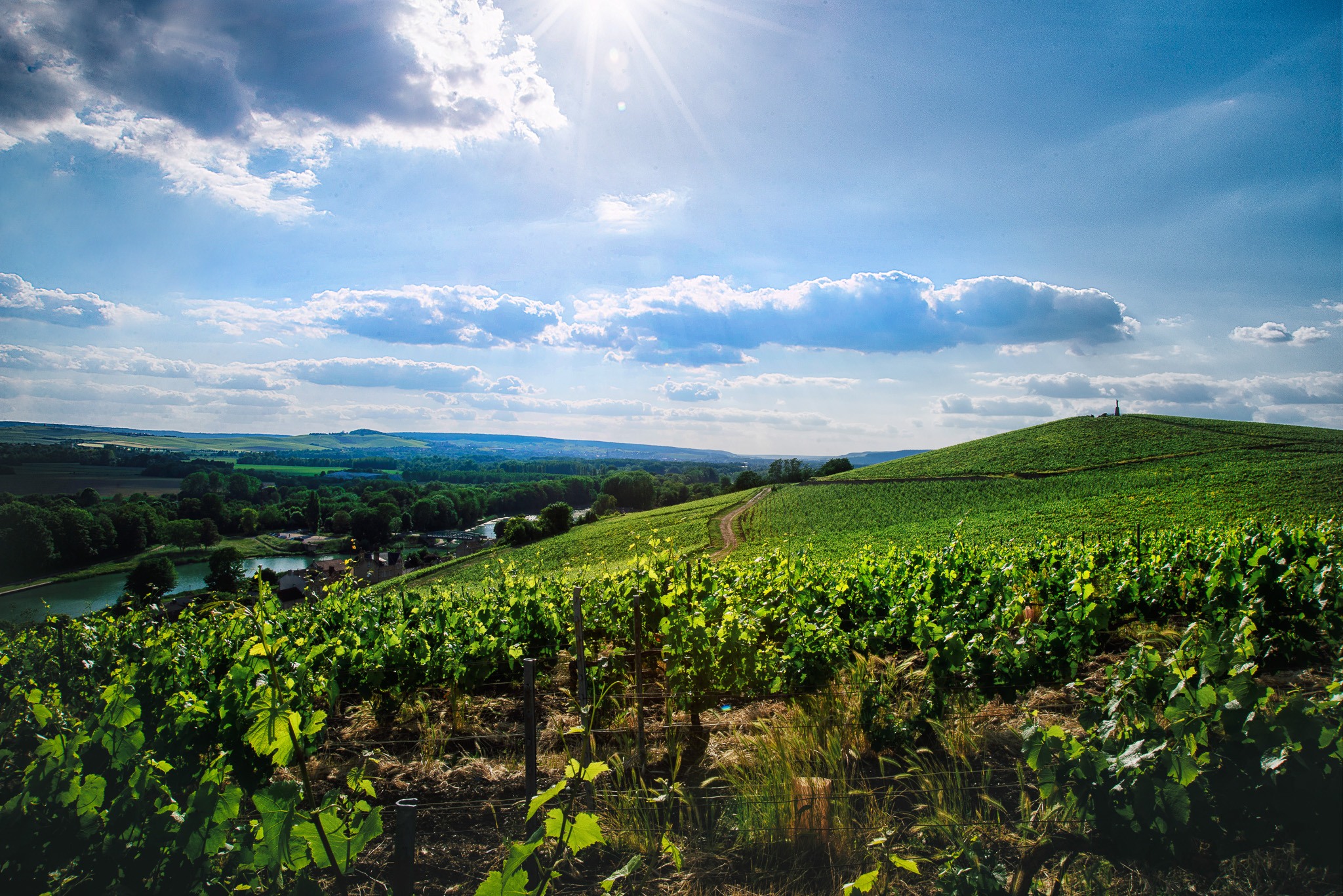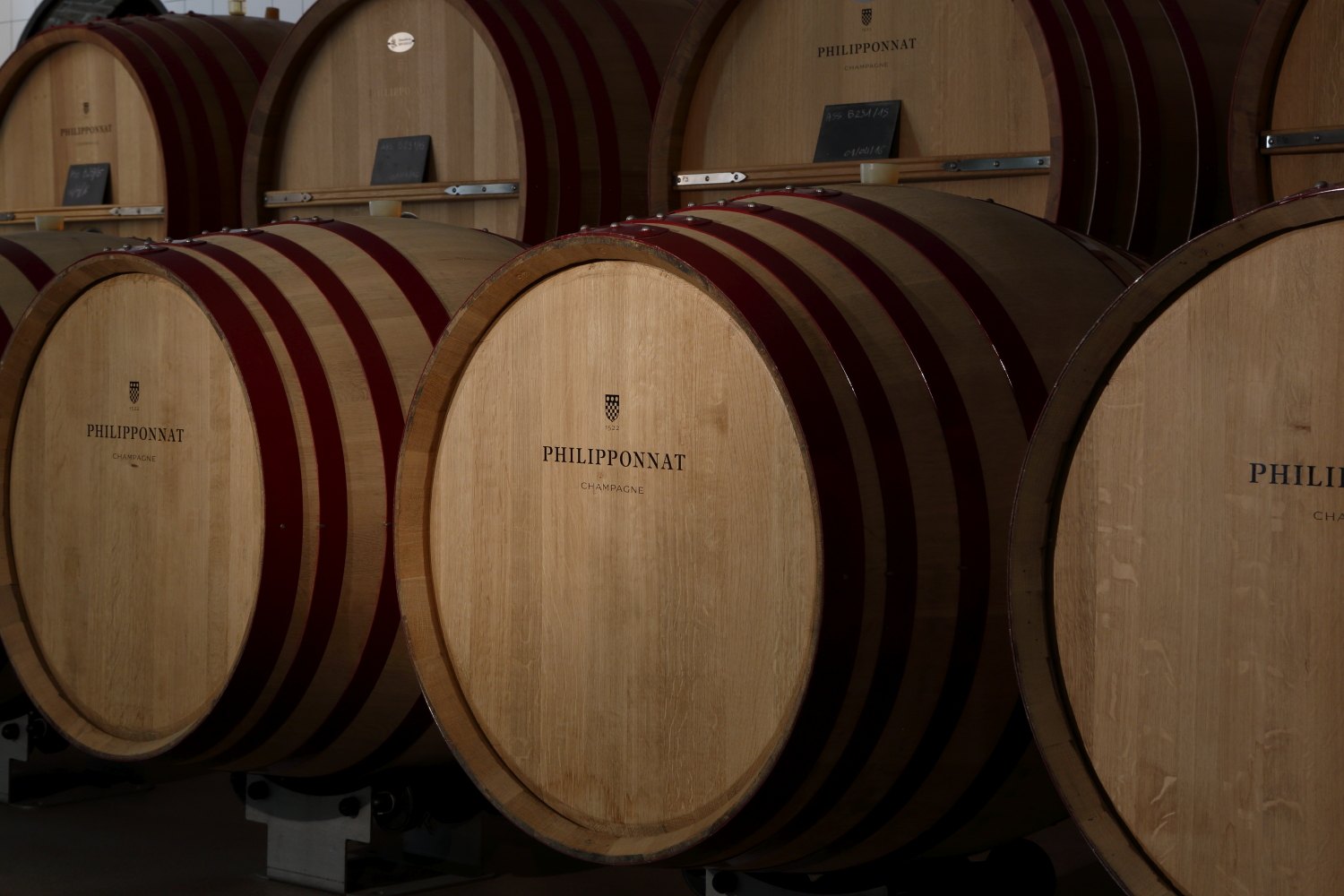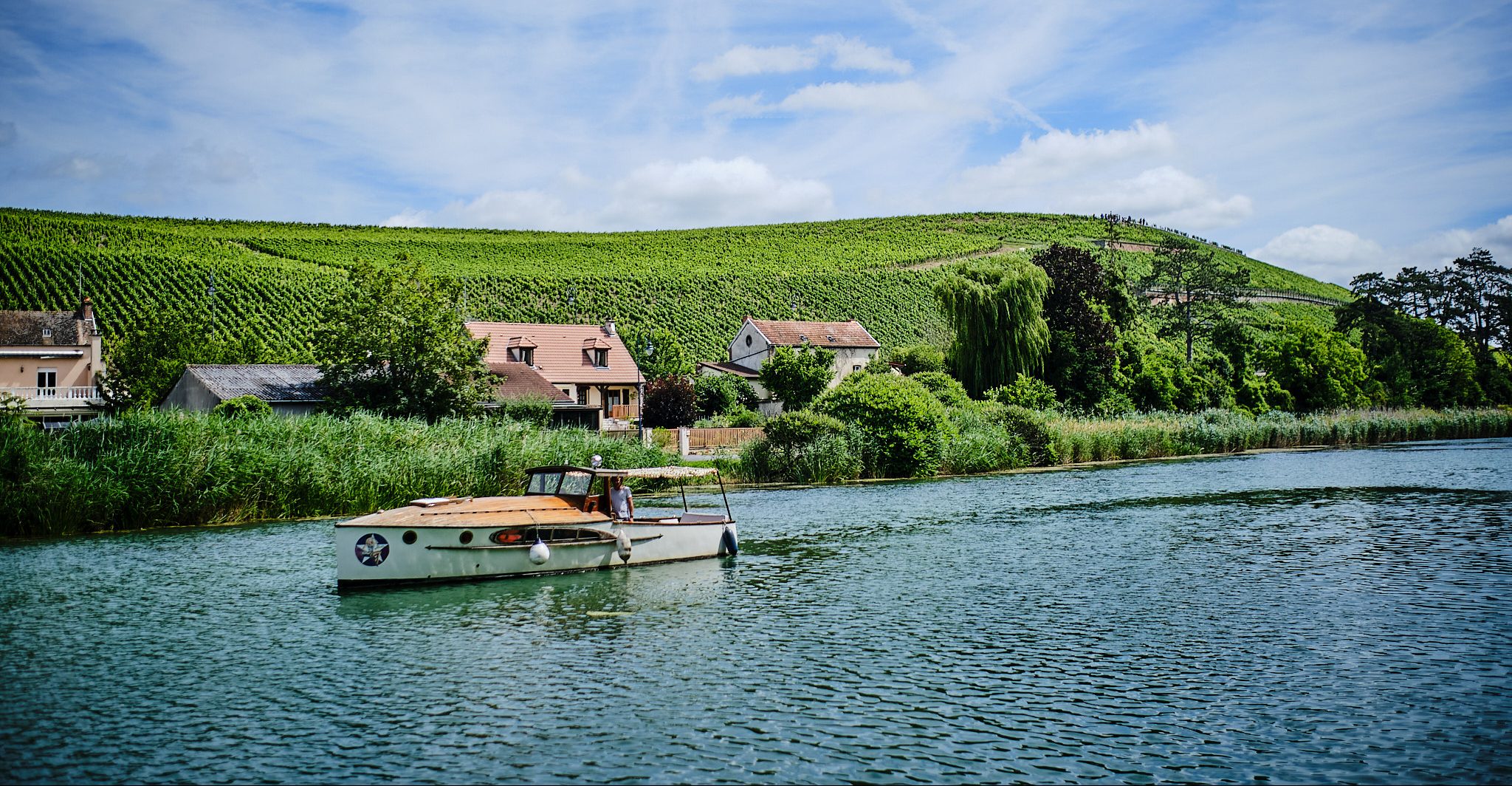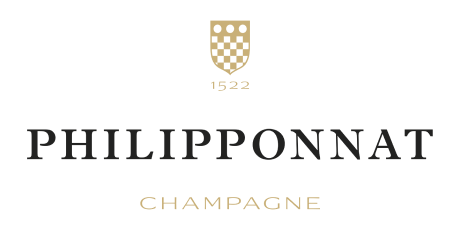
Cultivating harmony between man and nature
In Philipponnat’s vineyards, every action counts. Even, and above all, the smallest details which, put together, make up the beauty and generosity of the vines and wines.
Working amongst the vines means listening to nature and acting in harmony with it. A bit like Elzéard Bouffier, in Jean Giono’s short story The Man Who Planted Trees: every day this solitary peasant gets up, sorts through his acorns to select only the best, and plants them. Attentive to nature, he carefully selects one species of tree or one location for his saplings. Armed with patience and infinite generosity, he embellishes the earth to bring out the best in it and share it with others. Our House is guided by the same purpose: to craft generous Champagnes by cherishing the environment that gave birth to them, always questioning and improving ourselves to guarantee uncompromising quality.
In the current climate, Philipponnat teams have a particular responsibility to listen to nature, adapt and innovate. Rather than trying to counter the effects of climate change we should come to terms with it, and see it as an opportunity to seek out new quality. The same is true of the Clos des Goisses plots: through constantly-implemented precision viticulture, the House gives the plots on the eastern and south-eastern facing slopes of the Clos des Goisses their full dimension by reducing their exposure to the sun, and likewise with the vines facing due south on limestone soil on a 45° slope. This long-term undertaking is essential to ensure that our Champagnes are the best they can be.
Philipponnat’s vineyards are a unique place with a plant heritage and rich biodiversity and that must be preserved. Over the last few years our team has been selecting the highest-quality plants from historic plots through cloning and massal selection, so that they can be reproduced for future plantings and ensure the continuity of top-quality grapes.
Preserving nature is not a solitary act, far from it! Just as every action counts, every stakeholder has a role to play. Our short-term aim is for all our winegrower partners to adopt our grape-growing specifications, which encourage the use of phytosanitary protection made from natural substances and certified Agriculture Biologique or Biocontrôle, and we support the work of those who already do so.
The vines are protected at every stage of their life cycle: meticulous pruning, disbudding, tying up and trellising are also effective ways to combat disease. At the heart of the vineyards, our teams combine time-honoured methods with new technologies to monitor and analyse the soil and guarantee the quality of the grapes. For example, we have deployed a photographic surveillance system using a drone and a tractor – which goes by the delightful name of Chouette (meaning owl in French) – to map the vines’ vigour, water stress and certain diseases. Thanks to state-of-the-art traceability software, we can keep precise track of every operation carried out in the vineyards. This technological progress does not replace the constant manual care provided by Philipponnat’s teams, but it complements it harmoniously and serves the same purpose: the House’s constant pursuit of excellence.



